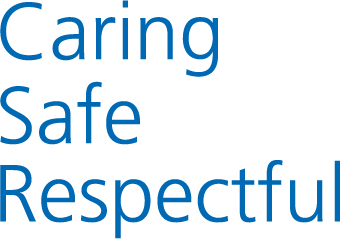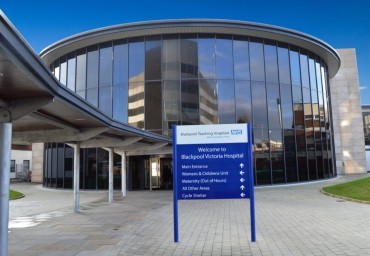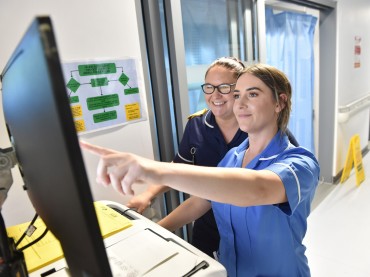What is a squint?
Six muscles control the movement of the eye. The presence of a squint means the two eyes are not aligned properly. This may be due to an imbalance in the way the muscles work or due to a weakness occurring in one or more of the ocular (eye) muscles. In young children, rather than causing double vision, the child’s brain starts to ignore what the squinting or turning eye is seeing and the vision in that eye worsens and fails to develop properly, leading to a lazy or amblyopic eye.
In any child with a squint, the priority is to reverse any amblyopia (lazy eye) with glasses and or patching before the vision becomes ‘set’ around the age of 8 years. This will have been undertaken by the orthoptists. Sometimes, wearing glasses may straighten the eyes completely or at least lessen the turn but patching will not have any effect on the actual squint. If the squint is of cosmetic concern, even when the glasses are being worn, then surgery can be considered. Generally it is the squinting eye that is operated on but sometimes it may be necessary to operate on the other eye to give better results, by ‘balancing’ the eyes. This will have been discussed with you in the Outpatient Department.
Such surgery can be done at any age, and no harm will come to the eyes in not having an operation.
The operation will be under general anaesthetic, usually as a day case patient. Please bring any glasses that your child normally wears, on the day of the operation. The surgery does not involve taking the eye out of the eye socket! Small cuts are made through the conjunctiva (the thin transparent skin covering the white part of the eye) and the muscles are then adjusted (either tightened or slackened) to straighten the eye. Fine stitches are then inserted. The stitches are dissolvable and will not need removing. No cuts are made in the eyelids. Drops or ointment are given for a few weeks after the operation.
The operated eye will appear red or bloodshot following the surgery but will gradually settle to leave only a faint grey mark on the white of the eye. However, if there has been previous surgery to the same eye, it will take longer to settle and may leave some scarring which is more noticeable.
Complications due to the anaesthetic or surgery itself are rare. Sight threatening complications can occur (in less than 1 in 50,000 cases).
The most common complication is a reaction to the drops or stitches, both of which can easily be treated. Some double-vision is not uncommon after the operation, and usually settles after a few days, but can very occasionally persist.
The eye is not a machine and sometimes the surgery can have more or less effect than predicted. This may mean that further surgery may be required in the future.
The operation will not improve your child’s vision or alter their need for glasses, which should continue to be worn unless advised otherwise by the Orthoptists or Doctor. Patching of the eye may still be needed afterwards.
After the operation, the eyes are not usually padded or bandaged, but an eye shield is sometimes advised to be worn to protect the eye at bed time. Any initial discomfort should soon wear off. Paracetamol (calpol) can be given if necessary.
Drops or ointment consisting of an antibiotic and an anti-inflammatory are given postoperatively; They will help the redness and irritation to clear but if it is difficult to instill them do not worry as the eye will still settle, albeit taking a little longer.
Should you require a further supply of eye drops/ ointment, you will be able to obtain them on prescription from your own GP.
You will be given advice and information before your child is discharged from the hospital and an appointment at the Outpatient department will be given to you for the Orthoptist and the Doctor. The doctor will advise on school and playgroup activities. Most activities can be resumed but swimming should be avoided for 6 weeks.
We hope you find this information is sufficient to help you decide whether you wish your child to go ahead with the surgery.
Please bring this booklet with you on the day of your child’s operation. Please use the notes pages overleaf to write down any further questions to ask the Doctor or the nurse when you come in with your child for their next appointment.
Please do not worry about asking questions, our staff will be happy to answer them.
Author Conrad Beacham
Reference No PL/0718 (V3)
Review Date 01/01/2028



